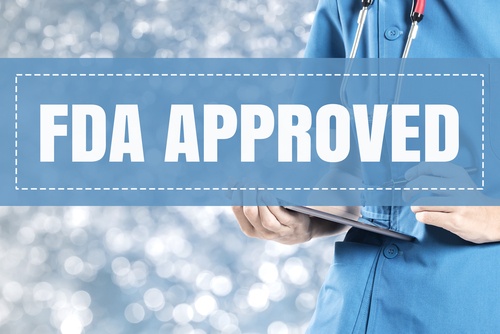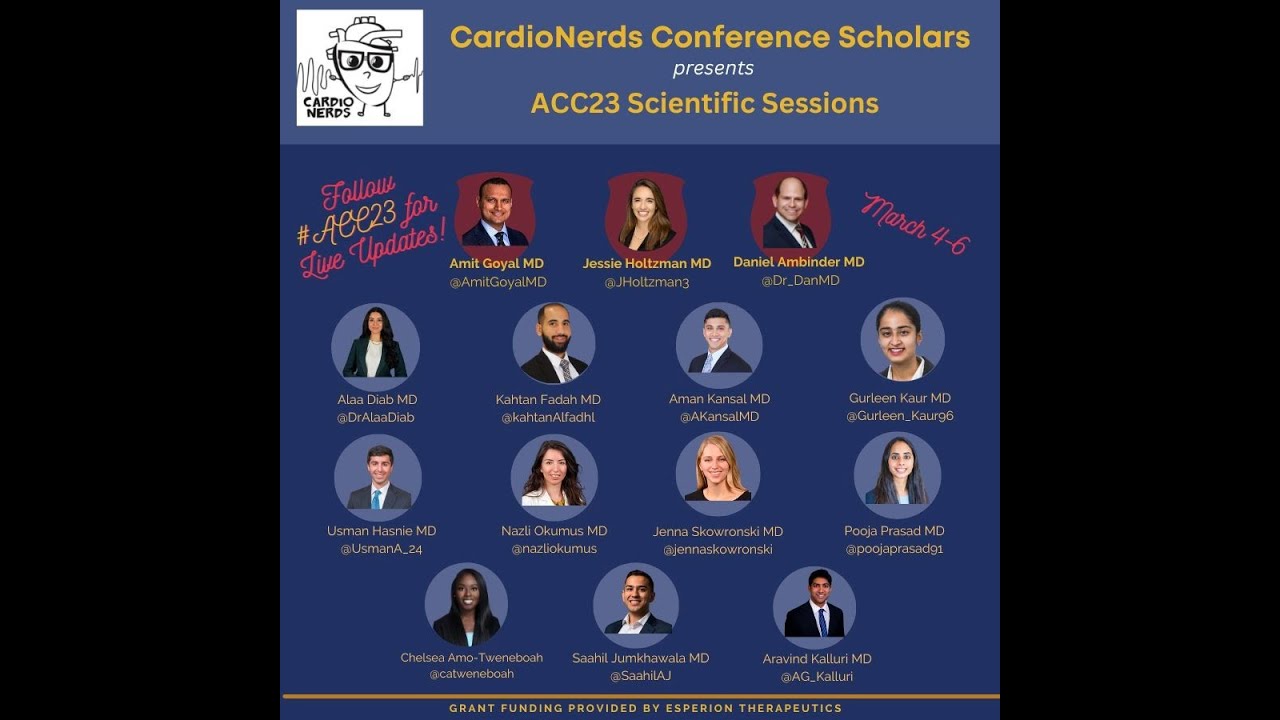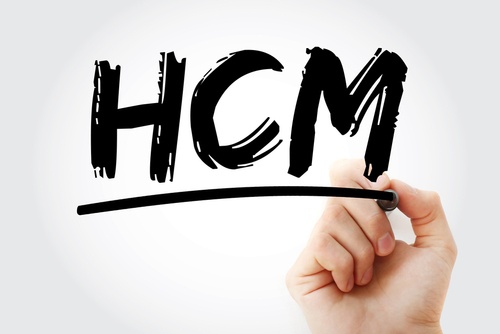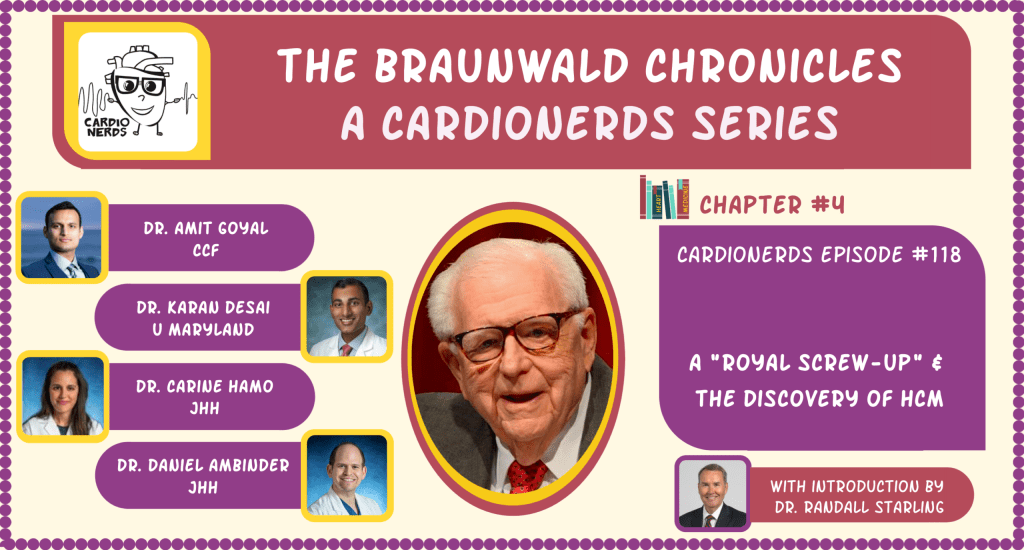
CardioNerds HCM Knowledge Hub
Welcome to the Hypertrophic Cardiomyopathy (HCM) Knowledge Hub powered by CardioNerds. We deliver key insights and unique perspectives through podcasts, articles, videos and more—all uniquely created by cardiologists to inform and educate.
Advertisement
The United States Food and Drug Administration (FDA) approved Mavacamten to treat patients with symptomatic obstructive ...
In this insightful interview, Rawan Amir, MBBS, and CardioNerds Academy Fellow, spoke with Milind Desai, MD, MBA, ...
As novel therapeutic agents such as Mavacamten and Tafamidis are developed and become clinically useful for patients ...
New pharmacological agent reduces need for septal reduction therapy in patients with symptomatic obstructive ...
Historically, early detection of hypertrophic cardiomyopathy (HCM) has been challenging, and prior artificial ...
CardioNerds (Amit Goyal, Daniel Ambinder, Carine Hamo, and Karan Desai) are honored to bring to you the Braunwald ...
Advertisement








 © 2025 Mashup Media, LLC, a Formedics Property. All Rights Reserved.
© 2025 Mashup Media, LLC, a Formedics Property. All Rights Reserved.